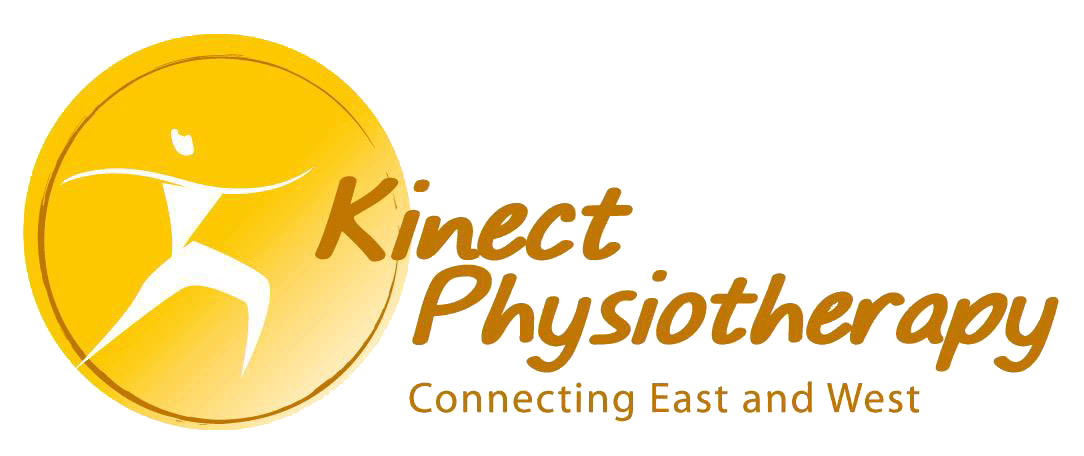If you’re an athlete or fitness enthusiast who has suffered a sports injury, you know how challenging it can be to stay on the sidelines. However, there is good news. Physiotherapy is a valuable tool that can help you recover faster and more efficiently from your injury, allowing you to get back in the game as soon as possible.
Physiotherapy is a specialized branch of healthcare that involves the use of manual therapy, exercise, and education to help individuals recover from injuries and manage physical conditions. When it comes to sports injuries, physiotherapy can be particularly beneficial in reducing pain and inflammation, improving mobility and strength, and preventing further injury. In this guide, we’ll delve into how physiotherapy can help with sports injuries, including common injuries, treatment options, and recovery tips. By the end of this guide, you’ll have a better understanding of how physiotherapy can help you recover from your sports injury and get back to doing what you love.
Common Sports Injuries and Their Causes:
Sports injuries can happen to anyone, from professional athletes to weekend warriors. Some of the most common sports injuries include:
- Sprains: These occur when a ligament is stretched or torn. Ligaments connect bones to other bones and help stabilize joints. Ankle and knee sprains are common in sports like basketball and soccer.
- Strains: These occur when a muscle or tendon is stretched or torn. Tendons connect muscles to bones. Hamstring strains are common in sports like running and football.
- Torn ligaments and tendons: These are more serious injuries that often require surgery. They can occur from sudden twisting or impact, such as in a football tackle.
- Fractures: These occur when a bone is broken. They can be caused by a fall or direct impact, such as in a skateboarding accident.
- Dislocations: These occur when a bone is forced out of its normal position. They can be caused by sudden impact or twisting, such as in a basketball game.
Treatment Options for Sports Injuries:
The treatment for a sports injury will depend on the severity and type of injury. Some common treatment options include:
- Rest: This is often the first line of treatment for minor injuries. It allows the body to heal and reduces the risk of further damage.
- Ice: Applying ice to the injured area can help reduce swelling and pain. Ice should be applied for 20 minutes at a time, several times a day.
- Compression: Wrapping the injured area with a compression bandage can help reduce swelling and provide support.
- Elevation: Elevating the injured area above heart level can help reduce swelling.
- Physiotherapy: This is often an important part of the treatment plan for sports injuries. A physiotherapist can help you regain strength and mobility and prevent future injuries.
Recovery Tips for Sports Injuries:
In addition to following your treatment plan, there are several things you can do to help speed up your recovery from a sports injury:
- Follow the RICE method: Rest, ice, compression, and elevation should be followed in the first few days after an injury.
- Take pain medication: Over-the-counter pain medication like ibuprofen can help relieve pain and reduce inflammation. However, it’s important to consult with your doctor before taking any medication.
- Do your exercises: Your physiotherapist will likely give you exercises to do at home to help regain strength and mobility. It’s important to do these exercises regularly to speed up your recovery.
- Get enough rest: Your body needs rest to heal. Make sure to get enough sleep and avoid activities that could aggravate your injury.
- Eat a healthy diet: A healthy diet can help speed up your recovery by providing your body with the nutrients it needs to heal.
How Physiotherapy Can Help with Specific Injuries:
Physiotherapy can be a very effective treatment for sports injuries. Here’s how it can help with specific injuries:
How Physiotherapy Can Help with Sprains and Strains:
A physiotherapist can help you regain strength and mobility in the injured area. They may use techniques like manual therapy, where they manipulate the muscles and joints to improve range of motion. They may also use exercises to help you regain strength and stability in the injured area.
How Physiotherapy Can Help with Torn Ligaments and Tendons:
Torn ligaments and tendons often require surgery. After surgery, physiotherapy can help you regain strength and mobility in the affected area. Your physiotherapist will likely give you exercises to do at home to help speed up your recovery.
How Physiotherapy Can Help with Fractures and Dislocations:
Physiotherapy can help you regain strength and mobility after a fracture or dislocation. Your physiotherapist will likely give you exercises to do at home to help speed up your recovery. They may also use techniques like manual therapy to help improve your range of motion.
FAQs About Physiotherapy and Sports Injuries:
Do I need a referral to see a physiotherapist?
How long will it take to recover from a sports injury?
Can physiotherapy prevent future injuries?
Conclusion: Get Back in the Game with Physiotherapy
If you’ve been sidelined by a sports injury, don’t give up hope. With the help of physiotherapy, you can recover and get back to your active lifestyle. Physiotherapy can help you regain strength and mobility, prevent future injuries, and get back in the game faster and stronger than ever before. So don’t let a sports injury keep you down – contact a physiotherapist today and start your road to recovery. Remember, How Physiotherapy Can Help with Sports Injuries is an essential part of any athlete’s journey towards recovery and getting back into the game.






